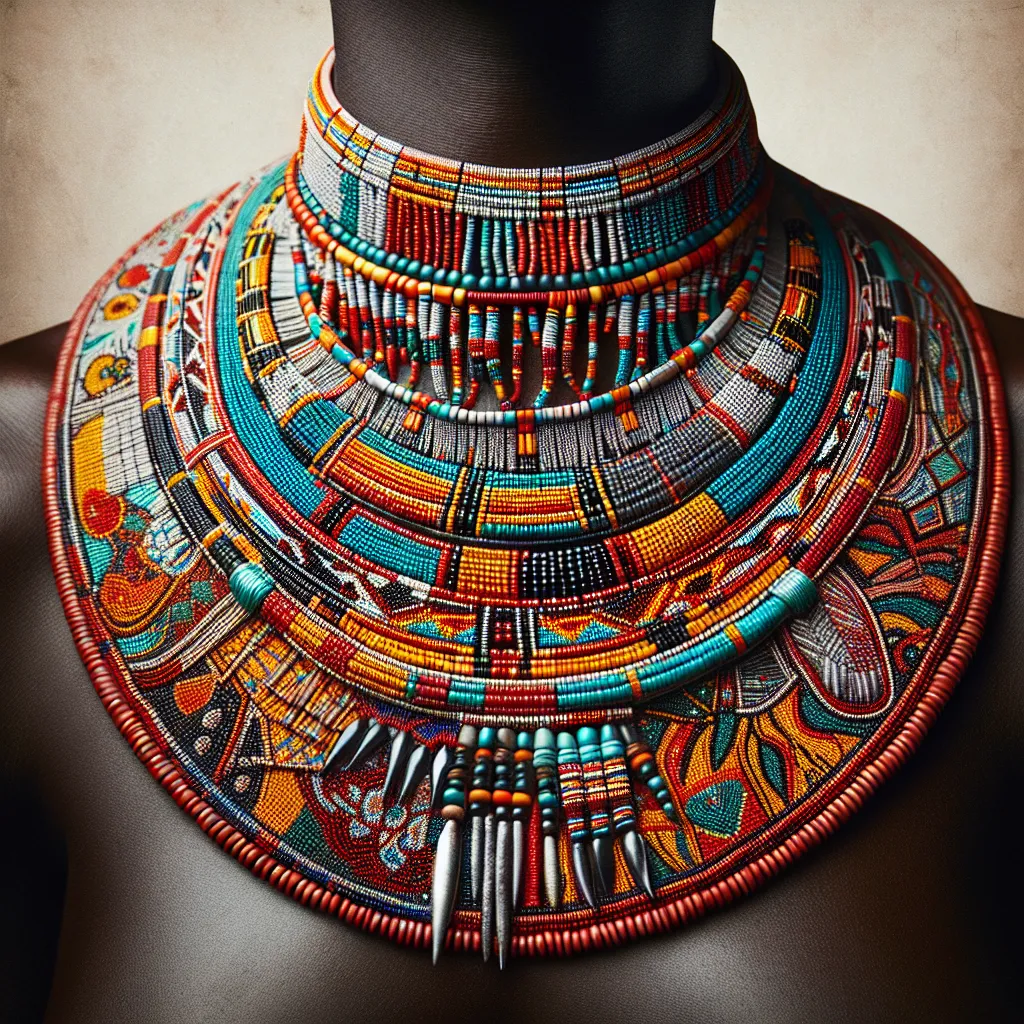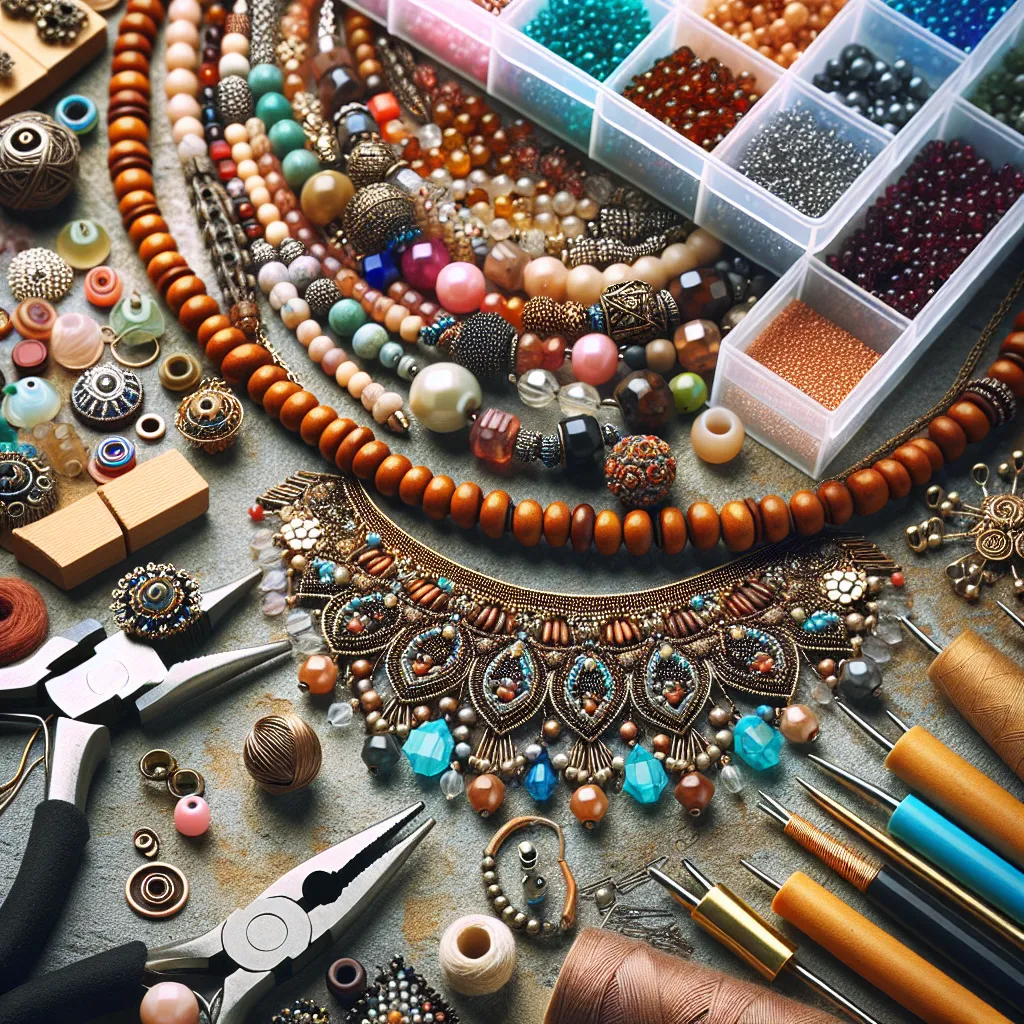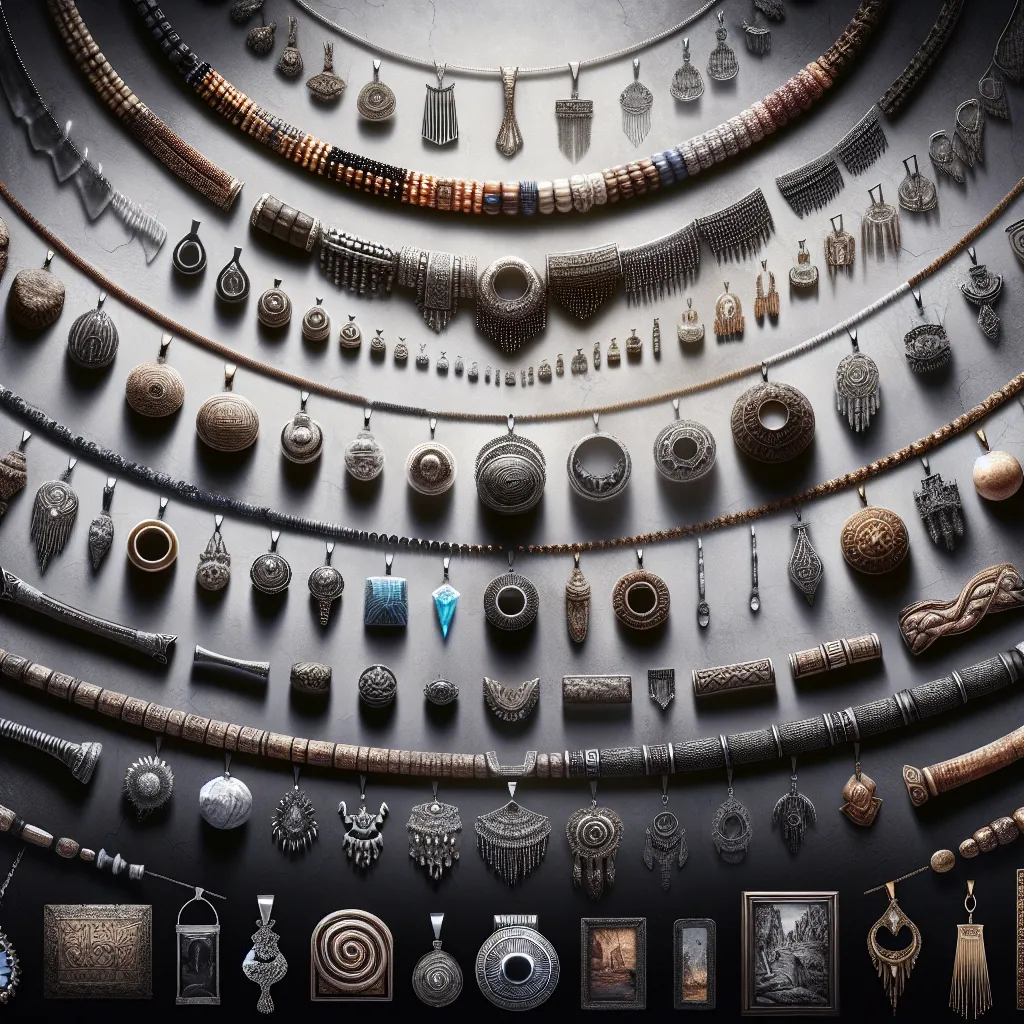The Evolution of Necklaces Throughout History
Necklaces have been an integral part of human adornment since ancient times, and their evolution throughout history reflects the cultural, social, and symbolic significance attached to them. From the earliest known necklaces crafted from natural materials like shells and animal bones to the intricate metalwork and gemstone designs of modern times, the evolution of necklaces is a testament to human creativity and ingenuity.
In ancient civilizations such as Ancient Egypt, Mesopotamia, and the Indus Valley, necklaces held deep cultural and spiritual significance. They were often worn as protective talismans, amulets, or symbols of wealth and status. The materials used for these early necklaces ranged from precious metals and gemstones for the elite to more common materials for the general population.
As societies progressed, the art of jewelry-making evolved, leading to the use of more intricate designs, elaborate patterns, and the incorporation of cultural symbols into necklace craftsmanship. In many cultures, necklaces became a form of personal expression, with specific styles and materials indicating one’s social standing, religious beliefs, or even marital status. For example, in some cultures, certain necklaces were reserved for ceremonial occasions or rites of passage, marking important milestones in an individual’s life.
With the advent of trade and exploration, the exchange of jewelry styles and techniques among different cultures led to the diversification and hybridization of necklace designs. This cross-cultural pollination resulted in the emergence of new forms, incorporating a wide array of materials, such as beads, feathers, and intricate metalwork, each carrying its own symbolic meanings.
Today, the evolution of necklaces continues, with contemporary designers drawing inspiration from historical styles while infusing modern aesthetics and materials into their creations. Whether it be the sleek minimalism of a silver choker or the opulence of a diamond-encrusted statement piece, necklaces remain a potent symbol of personal style and cultural heritage, continuing to captivate and adorn people across the globe.
Sacred Necklaces in Rituals and Ceremonies
Necklaces have played a significant role in various cultures around the world, often symbolizing different aspects of life, spirituality, and identity. One particularly intriguing aspect is the use of sacred necklaces in rituals and ceremonies. These sacred necklaces hold deep symbolic meaning and are an integral part of religious and spiritual practices in many cultures.
In some Native American tribes, for example, the wearing of traditional shell necklaces during ceremonies symbolizes connection to the ocean and the divine powers that reside within it. These necklaces are believed to protect the wearer and facilitate a stronger spiritual connection during rituals.
Likewise, in Hindu culture, the sacred thread necklace, known as “janeu” or “yajnopavita,” is a symbol of initiation into the knowledge of the Vedas and is worn during important ceremonies such as weddings and sacred rituals. It signifies the spiritual and moral responsibilities of the wearer.
In African traditions, beaded necklaces are often used in rituals to convey social and spiritual status. The intricate designs and patterns of these necklaces carry specific meanings and are worn during important ceremonies to honor ancestors or mark significant life events.
Across various indigenous cultures in the Pacific Islands, intricately crafted shell necklaces are used in rituals to connect with ancestral spirits and invoke blessings for protection, fertility, and prosperity. These necklaces are often passed down through generations and hold immense cultural and spiritual significance.
It is evident that sacred necklaces play a crucial role in the spiritual and cultural practices of diverse societies around the world, serving as powerful symbols of tradition, belief, and connection to the divine. Understanding the cultural significance of these sacred necklaces provides valuable insight into the rich tapestry of global traditions and spiritual practices.
Necklaces as Symbols of Power and Status
Necklaces have long been used as symbols of power and status in cultures around the world, reflecting the social and cultural significance placed on these adornments. In many societies, the type of necklace worn by an individual can signify their rank, authority, or wealth within the community. For example, in ancient Egypt, elaborate and intricately crafted necklaces were worn by the pharaohs and high-ranking officials as a display of their power and divine authority. The use of precious metals and gemstones in these necklaces further emphasized the wearer’s elevated status.
Similarly, in some African cultures, necklaces are worn as symbols of tribal affiliation and leadership. The design and materials of the necklaces can convey information about the wearer’s position within the community, with certain necklaces reserved for chiefs, elders, or warriors. These necklaces serve as visual markers of authority and command respect from others within the society.
In modern society, necklaces continue to be used as a means of signaling status and influence. High-end jewelry brands create intricate and opulent necklaces that are often associated with wealth and social standing. At the same time, cultural and religious necklaces, such as the Christian cross or the Buddhist prayer beads, carry symbolic significance that transcends material wealth, representing spiritual authority and devotion.
Throughout history and across diverse cultures, necklaces have served as powerful symbols of authority, status, and influence, reflecting the values and social structures of the societies in which they are worn.
Cultural Diversity in Necklaces: From East to West
Necklaces have held significant cultural symbolism across various civilizations, each representing unique beliefs, customs, and traditions. The diversity of necklaces around the world reflects the rich tapestry of human culture, with distinct styles and materials used in different regions. From the intricate beadwork of African tribes to the ornate gold and gemstone necklaces of Indian brides, the symbolism of necklaces varies widely from East to West.
In Eastern cultures, necklaces often carry deep spiritual and religious significance. In India, for example, brides adorn themselves with elaborate necklaces as part of their bridal trousseau, symbolizing marital bliss and prosperity. The use of traditional materials like gold, pearls, and gemstones in these necklaces reflects the cultural value placed on wealth and luxury. Similarly, in East Asian cultures such as China and Japan, jade necklaces hold immense cultural significance, representing purity, harmony, and protection.
On the other hand, Western cultures often prioritize the aesthetic and fashion aspects of necklaces. From the classic elegance of pearl strands in Western weddings to the symbolic heart-shaped pendants exchanged on Valentine’s Day, necklaces in the West often serve as expressions of personal style and romantic sentiments. Furthermore, the rise of cultural fusion and globalization has led to the incorporation of diverse cultural elements in Western necklace designs, reflecting a growing appreciation for cultural diversity.
With such diverse symbolism and cultural significance, it’s evident that necklaces serve as more than just fashion accessories; they are tangible reflections of the values, traditions, and beliefs that define cultures around the world.



